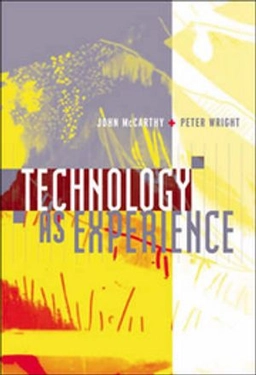In his In the blink of an eye, Walter Murch, the Oscar-awarded editor of The English Patient, Apocalypse Now, and many other outstanding movies, devises the Rule of Six -- six criteria for what makes a good cut. On top of his list is ""to be true to the emotion of the moment,"" a quality more important than advancing the story or being rhythmically interesting. The cut has to deliver a meaningful, compelling, and emotion-rich ""experience"" to the audience. Because, ""what they finally remember is not the editing, not the camerawork, not the performances, not even the story---it's how they felt."" Technology for all the right reasons applies this insight to the design of interactive products and technologies -- the domain of Human-Computer Interaction, Usability Engineering, and Interaction Design. It takes an experiential approach, putting experience before functionality and leaving behind oversimplified calls for ease, efficiency, and automation or shallow beautification. Instead, it explores what really matters to humans and what it needs to make technology more meaningful.
The book clarifies what experience is, and highlights five crucial aspects and their implications for the design of interactive products. It provides reasons why we should bother with an experiential approach, and presents a detailed working model of experience useful for practitioners and academics alike. It closes with the particular challenges of an experiential approach for design. The book presents its view as a comprehensive, yet entertaining blend of scientific findings, design examples, and personal anecdotes.
Åtkomstkoder och digitalt tilläggsmaterial garanteras inte med begagnade böcker




![Ambient Commons : Attention in the Age of Embodied Information [Elektronisk resurs]; Malcolm McCullough; 2015](/images/format:webp/size:256:0/quality:100/asset/book-cover/ambient-commons-attention-in-the-age-of-embodied-information-elektronisk-resurs-9780262528399)
















